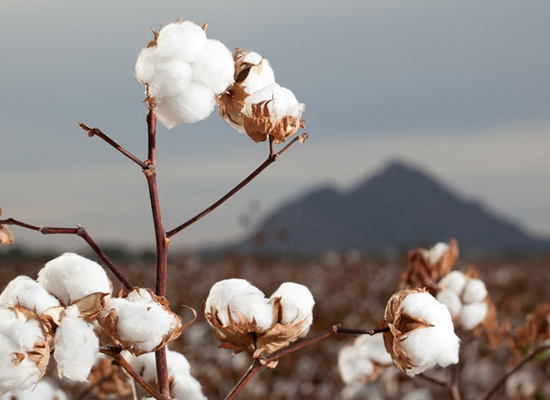“Water- a bequest of nature” bases all innovations in curbing water crisis to make our blue planet green and sustainable.

 By - Papiya Mahanti
By - Papiya Mahanti
Did you know?
On an average we use 5,500 liters of water a day!
That is a humungous amount of water! You must be wondering why you can’t see or touch this huge amount of water that you are using each day. Most of this water in the 5500 litres is actually what we call ‘virtual water’ - water that we are not using directly but is used in the production of food and non-food commodities that we use.
So the whole picture is not as simple as it seems. In other words, we must think beyond what comes out of the tap!
It is important to understand the term ‘Water footprint’ in this context. It refers to the total amount of fresh water used to produce each of the goods and services we use - including growing, harvesting, packaging and shipping. It is significant as it helps us understand for what purposes our limited freshwater resources are being used.
Have you ever tried to calculate your water footprint for an average day in your life?
Almost ninety five percent of our ‘water footprint’ is hidden in the food that we eat.
Drinking just one cup of coffee with a quarter cup of milk means 50 litres of water. You will be shocked to know that to produce 200 ml of milk 200 litres of water is required.
A quick shower means approximately 9 litres of water per minute going down the drain. So, even a five minute shower would mean usage of approximately 45 litres of water. Then, may be you wear a pair of jeans and a cotton t-shirt. It takes approximately 8000 litres of water to produce a pair of jeans and 2,700 litres for a cotton t-shirt. Now, considering that they are expected to last for a year we divide this amount by 365. That means 29 litres per day. So, that adds up to 74 litres till now. If you add the coffee it is 124 litres of water till now and you have not even left for your office!
The car you drive to work also requires water in its manufacturing. It takes about 454,000 litres of water to manufacture a small car. Each time you fill up your car’s 60 litre gas tank it means 10,860 litres of water. Your car consumes 49 litres per day of production water and another 775 litres (water required for gas production) in a day over a period of 5 years. We are assuming that we are filling the tank every 15 days. So that adds up to 948 litres till now.
In office if you drink 1.5 litres of water and say 2 cups of coffee - that will be another 50 litres.
Did you know that it takes 70 litres of water to grow a single apple and 40 litres to make a slice of bread? This includes all the processes including growing the wheat. So if you have an apple and a slice of bread the total will be 1149.5 litres. In the evening, if you drink beer it will be another 75 litres of water.
Then, if you have beef fried rice the total will add up to 5,490 litres approximately. This is because it takes almost 3400 litres of water to produce 1 kg of rice. So a 150 g potion will mean 510 litres of water. To produce a kg of beef 15000 litres of water is needed. So a 250 g potion will mean 3750 litres of water. So a person approximately requires 5500 litres of water per day.

From this calculation it is evident that our food choices and the choice of fabrics have a major role to play. Just replacing the beef fried rice or the cotton t-shirt would make a huge difference. So our making conscious and informed choices in the food we eat or the commodities we use can save a lot of water. Awareness is the key. People will be more careful in their day-to-day lives and try to minimize wastage if they are aware of the impact their choices can make.
Your Water Footprint actually reveals the true cost of your lifestyle. The per capita Water Footprint in the United States is 2060 gallons per day which is much higher than Europe or the developing countries in Asia or Africa. In India the per capita water footprint is 980 cubic meters. Whereas the global average is 1,243 cubic meters.
Many countries have to a great extent externalized their water footprint - they import water-intensive goods from elsewhere. This then increases the pressure on water resources in the exporting region.
Surprisingly, about forty percent of the water footprint for European consumers lies outside the continent, often these are places that are already facing severe water problems.
So, water consumption or saving water is somewhat more complicated than one might think and our efforts can definitely create an impact!
“Tread lightly. Reduce your water footprint”
The Dharma Trails
END

PoU water dispenser purifies waters through reverse osmosis and comprises…

In our minds, we almost instinctively associate the word ‘Cotton’…